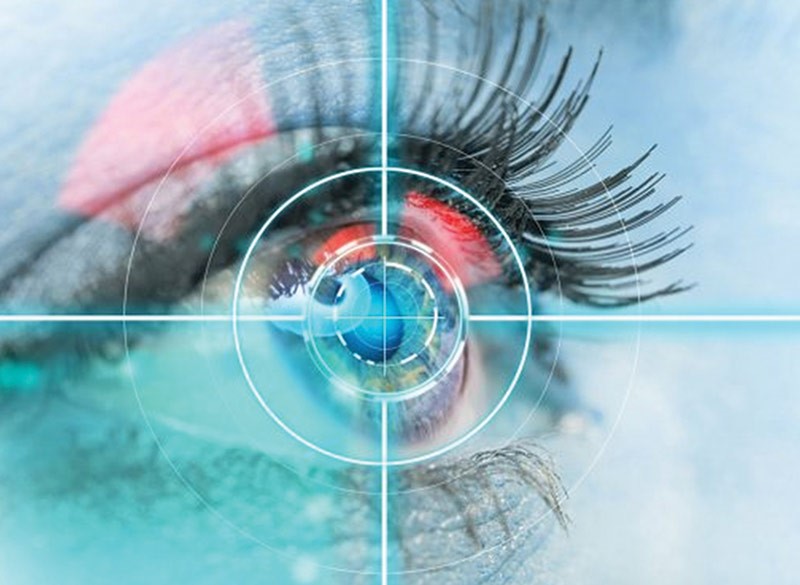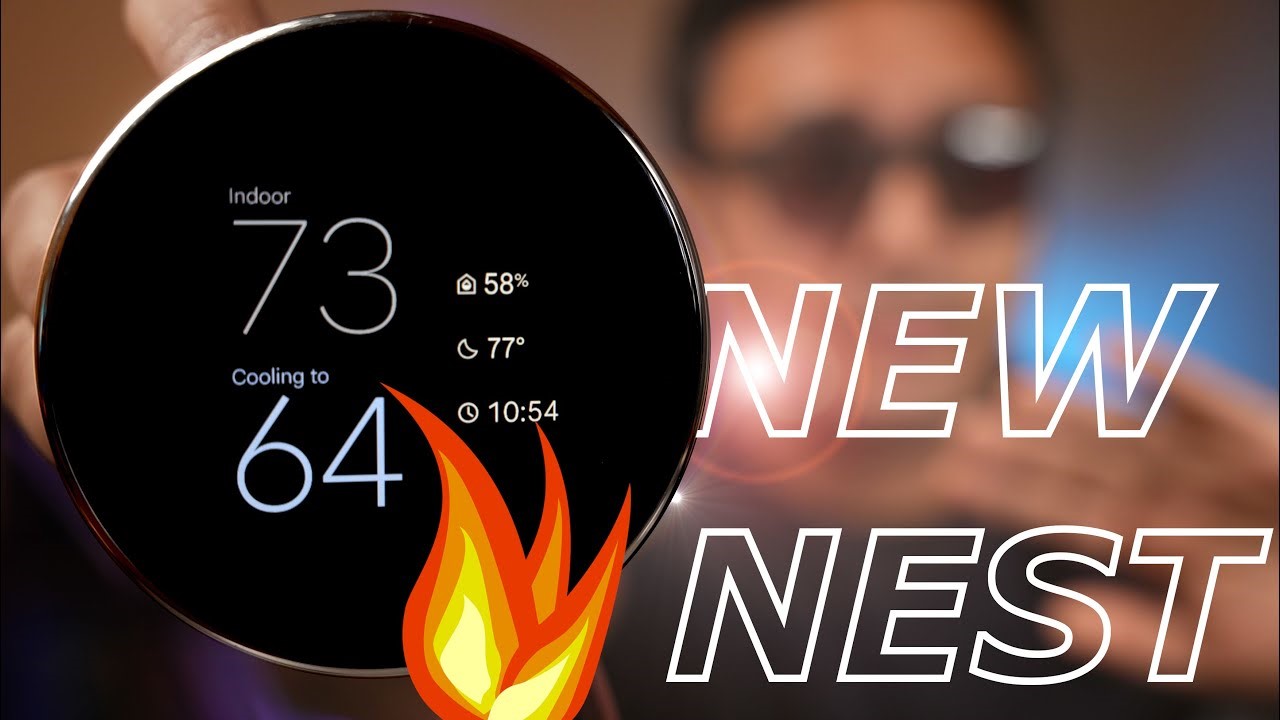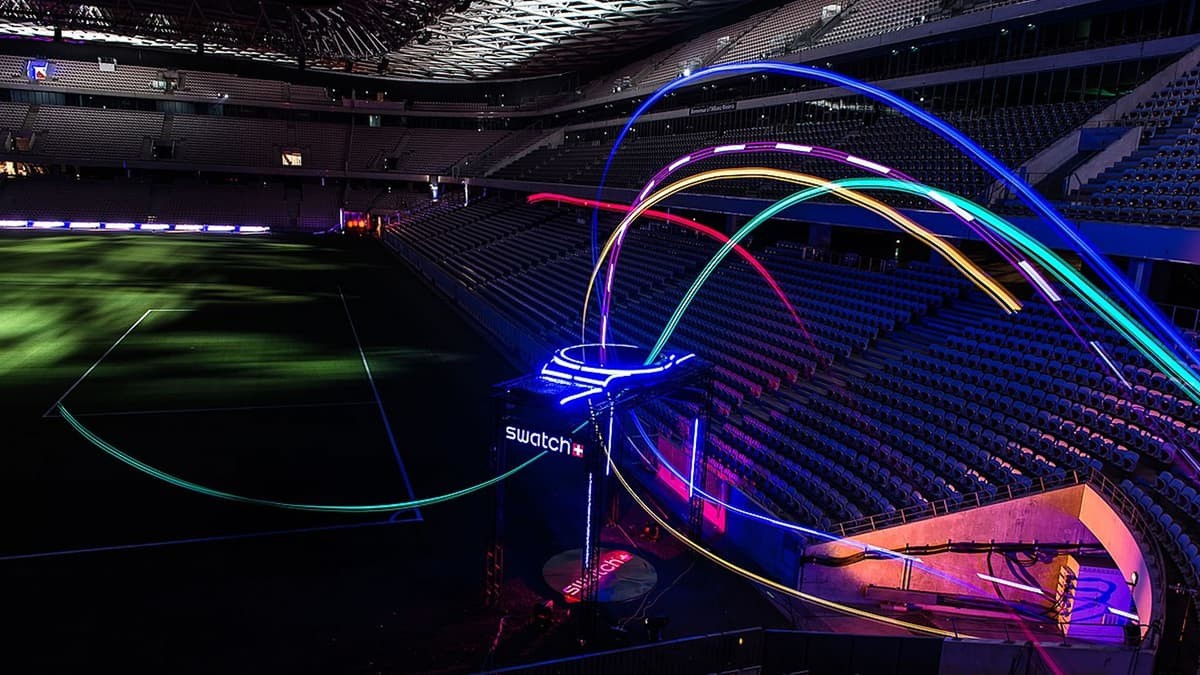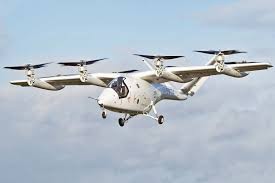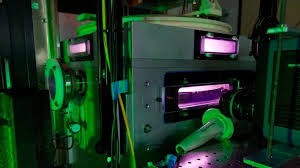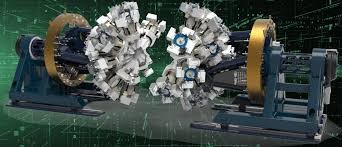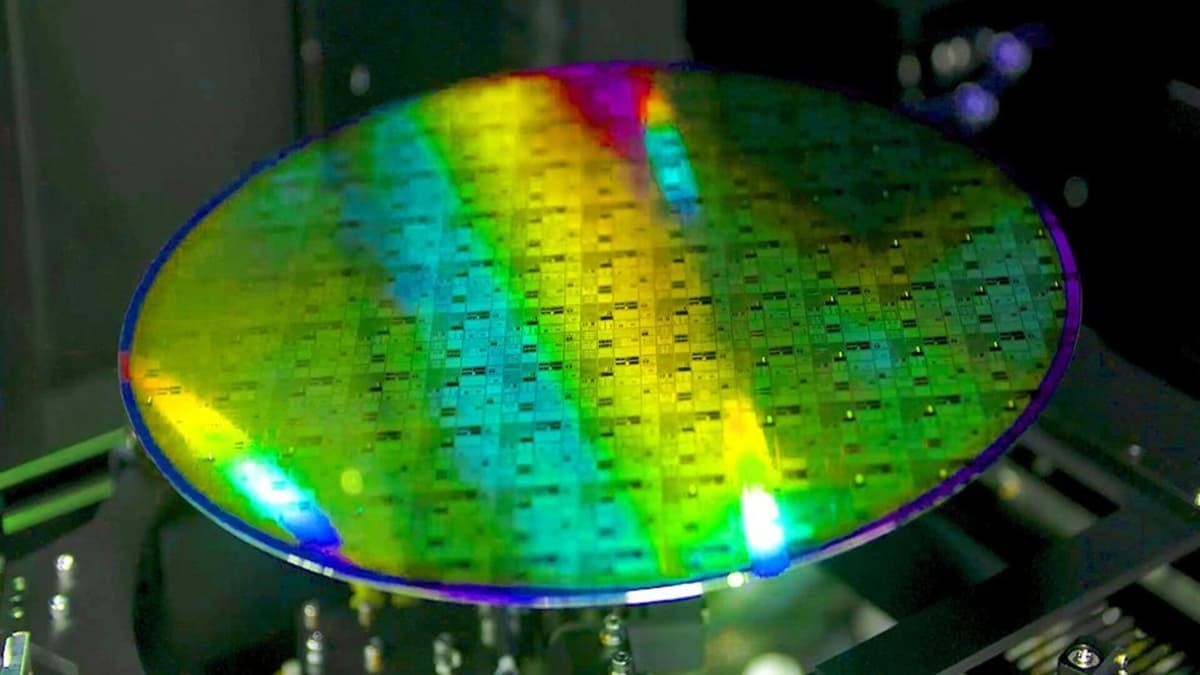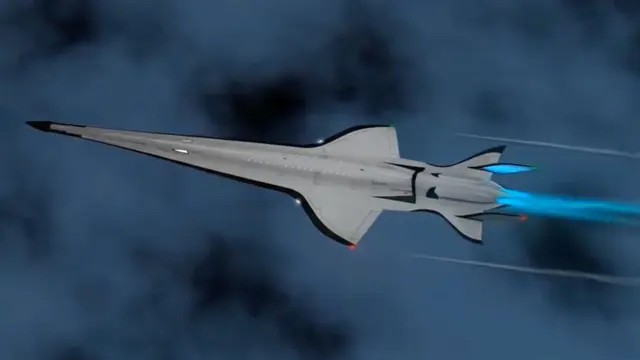Cyborg Cockroaches Use UV Helmets for Wireless, Shock-Free Movement
In a groundbreaking blend of biology and robotics, researchers at Osaka University have developed a novel, non-invasive method to control insect cyborgs using light—eliminating the need for wires, electrical stimulation, or invasive procedures.
This innovative approach leverages the natural behaviour of cockroaches, specifically their instinctive aversion to ultraviolet (UV) light, to achieve precise and stress-free navigation.
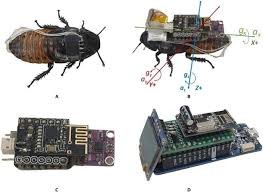
Figure 1. Cyborg Cockroaches.
Moving Beyond Electrical Stimulation
Previously, controlling insect cyborgs relied on electrical impulses delivered to their nervous systems. However, this method had significant drawbacks: over time, insects adapted to the stimuli, reducing effectiveness, and the invasive nature of the approach often impaired the insect’s functionality. Figure 1 shows Cyborg Cockroaches.
To address these challenges, Professor Keisuke Morishima and his team at Osaka University turned to a more humane alternative. Their method harnesses the cockroach's instinctual avoidance of UV light to steer them effectively without causing harm.
Steering with Light: A Natural, Non-Invasive System
The system comprises a lightweight helmet equipped with a UV light emitter and a wireless sensor backpack. By illuminating one of the insect's eyes, the researchers can trigger a turning response—guiding the cockroach left or right. This technique allows for sustained, stress-free control while preserving the insect’s sensory organs and natural behavior.
In tests involving maze-like environments, the cyborg cockroaches showed remarkable performance: 94% successfully navigated and escaped, compared to just 24% of their unmodified counterparts.
An integrated motion detector helps conserve energy by activating the UV light only when the insect is stationary [1]. This feature not only enhances efficiency but also ensures the insect's well-being by reducing unnecessary stimulation.
Expanding Potential: From Search and Rescue to Environmental Monitoring
This light-based control system has significant implications for real-world applications. Potential uses include:
- Search and rescue missions in disaster-stricken areas
- Environmental monitoring in hazardous or inaccessible zones
- Surveillance in sensitive environments where traditional robots might cause disruption
The system’s non-invasive design makes it particularly suitable for delicate operations where minimizing ecological or physical disturbance is critical.
Looking ahead, the research team aims to enhance the cyborg insect platform by integrating additional sensors and communication tools. For example, adding temperature or gas sensors could make these bio-hybrid organisms invaluable for emergency response scenarios.
A New Chapter in Bio-Robotics
The Osaka University team's work represents a shift toward more ethical and biologically harmonious methods of control in robotics. By aligning technology with the natural behaviors of living organisms, their approach preserves both functionality and insect welfare.
As research continues, light-responsive cyborg insects may prove indispensable in scenarios where traditional robots fall short—offering a lightweight, responsive, and eco-sensitive alternative for complex environments.
Reference:
- https://interestingengineering.com/innovation/cyborg-cockroaches-wear-light-helmets
Cite this article:
Keerthana S (2025), Cyborg Cockroaches Use UV Helmets for Wireless, Shock-Free Movement, AnaTechMaz, pp.321


